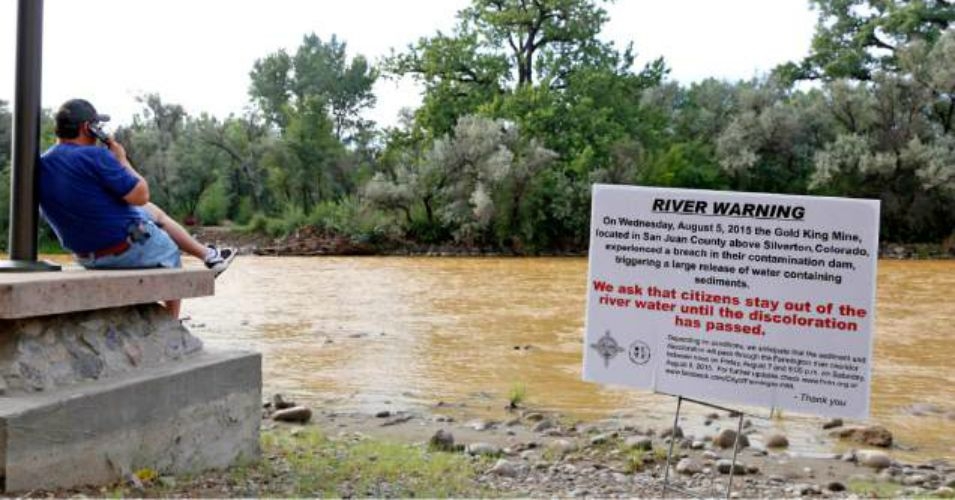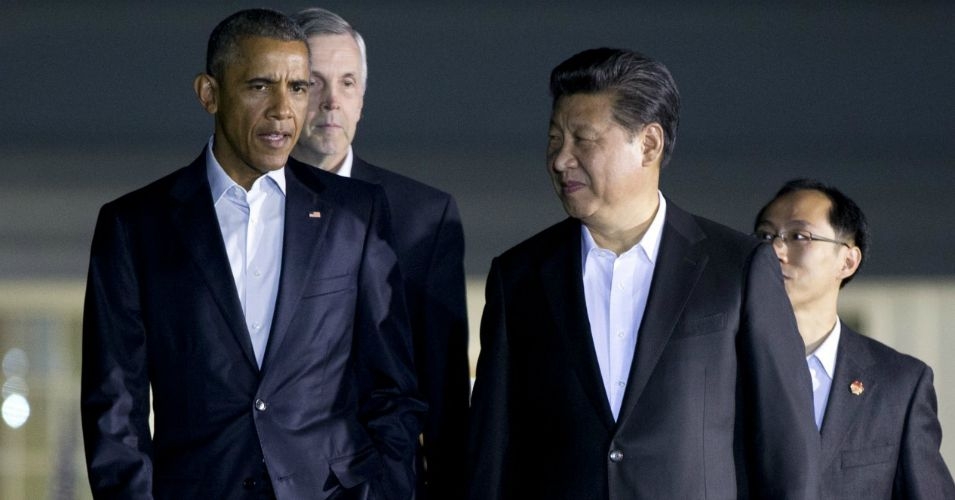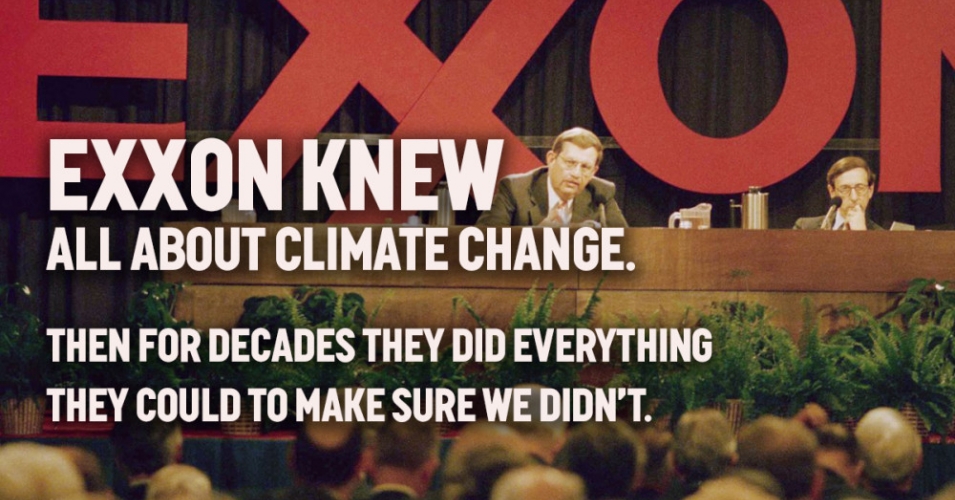Published on Friday, December 13, 2013 by Common Dreams
A greener Arctic will be the new normal, says annual Arctic Report Card
Three decades of a consistent warming trend have made a greener Arctic the new normal, and "widespread, sustained changes" are set to come to region, the National Oceanic and Atmospheric Administration said in an assessment this week.
While its newest annual Arctic Report Card doesn't reveal the series of record-setting events seen in last year's analysis, the NOAA says the warming trend remains clear.
“The Arctic caught a bit of a break in 2013 from the recent string of record-breaking warmth and ice melt of the last decade,” David M. Kennedy, NOAA’s deputy under secretary for operations, told press at the American Geophysical Union annual meeting in San Francisco. “But the relatively cool year in some parts of the Arctic does little to offset the long-term trend of the last 30 years: the Arctic is warming rapidly, becoming greener and experiencing a variety of changes, affecting people, the physical environment, and marine and land ecosystems.”
The yearly assessment, based on contributions from over 147 authors, shows that the Arctic had its sixth warmest year on record; the Arctic sea ice extent was the sixth smallest on record, and the seven lowest recorded sea ice extents happened in the last seven years. Further, the thickness of the ice continues to descrease. The decreased ice coverage has brought warmer than average temperatures to Arctic boundary waters in the summer of 2013. The North American snow cover was the fourth lowest on record, while the snow cover in May over Eurasia hit a record low.
 Image: NOAA Climate.gov/ NSIDC
Image: NOAA Climate.gov/ NSIDC
Some caribou and reindeer populations hit unusually low numbers, while climate change appears to be pushing some fish from warming waters into the Arctic.
“The Arctic Report Card presents strong evidence of widespread, sustained changes that are driving the Arctic environmental system into a new state and we can expect to see continued widespread and sustained change in the Arctic,” said Martin Jeffries, principal editor of the 2013 Report Card, science adviser for the U.S. Arctic Research Commission, and research professor at the University of Alaska Fairbanks.
* * *
The NOAA provided this video to accompany the report card:
__________________





